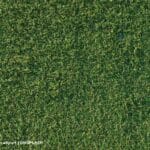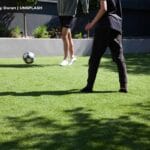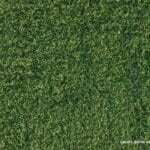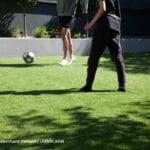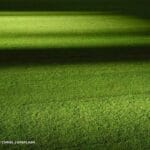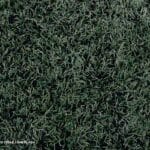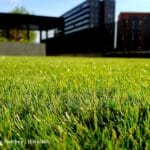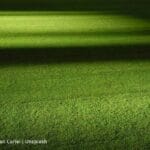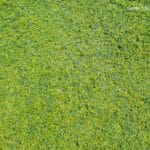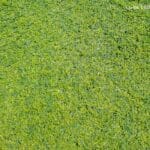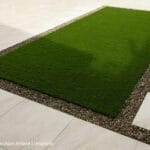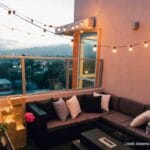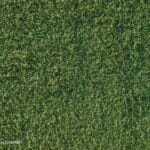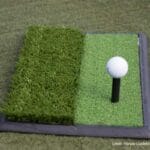Synthetic turf, once primarily used in sports fields and commercial properties, has become an increasingly popular choice for residential landscapes. Homeowners across Canada are embracing synthetic grass as a practical and aesthetically pleasing alternative to natural grass. Let’s explore some of the reasons homeowners are switching to artificial grass, including the benefits of synthetic turf, and provide tips for installation and offer some guidance on maintaining your own artificial lawn.
Benefits of Synthetic Turf
1. Low Maintenance
One of the most significant advantages of synthetic turf is its low maintenance requirements. Unlike natural grass, which demands regular mowing, watering, fertilising, and weeding, synthetic turf remains lush and green with minimal effort. For busy homeowners, this means more time enjoying their outdoor spaces and less time performing lawn care chores.
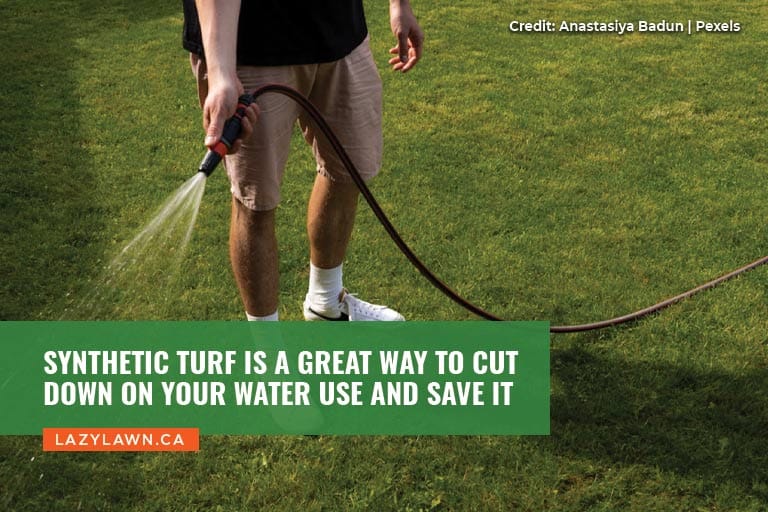
2. Water Conservation
In a world where water conservation is increasingly important, synthetic turf offers an environmentally friendly solution. Natural grass requires substantial water to stay healthy and green, particularly during the hot summer months. As many residents of Kelowna know, synthetic turf does not need watering, making it an ideal choice for homeowners who want to reduce their water consumption. This is especially beneficial in regions with water restrictions or where drought is a concern.
3. Aesthetic Appeal
Synthetic turf is designed to look and feel like natural grass, providing a consistently beautiful lawn year-round. It is available in a variety of shades, textures, and pile heights, allowing homeowners to select a style that complements their landscape design. Unlike natural grass, synthetic turf does not brown, fade, or develop patchy areas, ensuring a uniform appearance that enhances curb appeal.
4. Durability
Synthetic turf is built to withstand heavy use and adverse weather conditions. Whether it’s children playing, pets running around, or garden furniture being moved, synthetic turf is resistant to wear and tear. Its durability makes it an excellent option for families and homeowners who want a lawn that can handle daily activities without showing signs of damage.
5. Allergy-Friendly
For individuals with grass allergies, synthetic turf is a game-changer. Natural grass can trigger allergic reactions, especially during the growing season. Synthetic turf, on the other hand, does not produce pollen or harbour insects that can cause allergies. This makes it a great choice for allergy sufferers who want to enjoy their outdoor space without the discomfort associated with natural grass.
6. No Chemical Use
Maintaining a natural grass lawn often involves the use of fertilisers, herbicides, and pesticides, which can have harmful effects on the environment and human health. Synthetic turf eliminates the need for these chemicals, making it a safer option for families, pets, and the environment. By choosing synthetic turf, homeowners can create a toxin-free outdoor space.
Installation Tips
Installing synthetic turf in your home’s landscape is a project that can be tackled by a skilled DIYer or by hiring a professional. Proper installation is crucial for ensuring the longevity and appearance of your synthetic lawn. Here are some essential tips for a successful installation:
1. Prepare the Area
Start by removing the existing grass, weeds, and any debris from the area where the synthetic turf will be installed. This may involve using a sod cutter or digging by hand, depending on the size of the area. It’s important to create a smooth, even surface to ensure the turf lays flat and looks natural.
2. Install a Weed Barrier
Once the area is cleared, lay down a weed barrier fabric. This will prevent weeds from growing through the synthetic turf, reducing maintenance and keeping the lawn looking pristine. Ensure the fabric is securely anchored and overlaps slightly at the seams.
3. Create a Proper Base
A stable base is key to the longevity of your synthetic turf. This typically involves spreading and compacting a layer of crushed stone or gravel to create a solid foundation. The base should be well-draining to prevent water from pooling under the turf. Aim for a depth of 5-10 cm, depending on your soil type and drainage needs. Use a plate compactor to ensure the base is firm and level.
4. Install Edging
Edging is important for defining the boundaries of your synthetic lawn and preventing the turf from shifting. Install a durable edging material, such as metal, plastic, or wood, around the perimeter of the area. This will help keep the turf in place and provide a clean, finished look.
5. Lay the Turf
Roll out the synthetic turf over the prepared base, making sure the grass fibres are all facing the same direction for a uniform appearance. Allow the turf to acclimate for a few hours before trimming it to fit the area. Use a sharp utility knife to cut the turf, ensuring clean, straight edges. If your lawn requires multiple pieces of turf, be sure to line up the seams carefully and use adhesive or turf tape to secure them.
6. Secure the Turf
Once the turf is laid out and trimmed, secure it to the ground using landscape staples or nails. Place the staples along the edges and seams, spacing them about 15-20 cm apart. This will prevent the turf from shifting or wrinkling over time. After securing the turf, brush the grass fibres upright to give the lawn a natural look.
7. Add Infill
Infill is an essential component of synthetic turf installation, as it helps support the grass fibres, adds weight to the turf, and improves drainage. There are various types of infill materials available, including silica sand, rubber granules, and organic options. Spread the infill evenly across the turf using a drop spreader, then brush the fibres again to work the infill down into the turf. Be sure to follow the manufacturer’s recommendations for the appropriate amount of infill based on your turf’s pile height and usage.
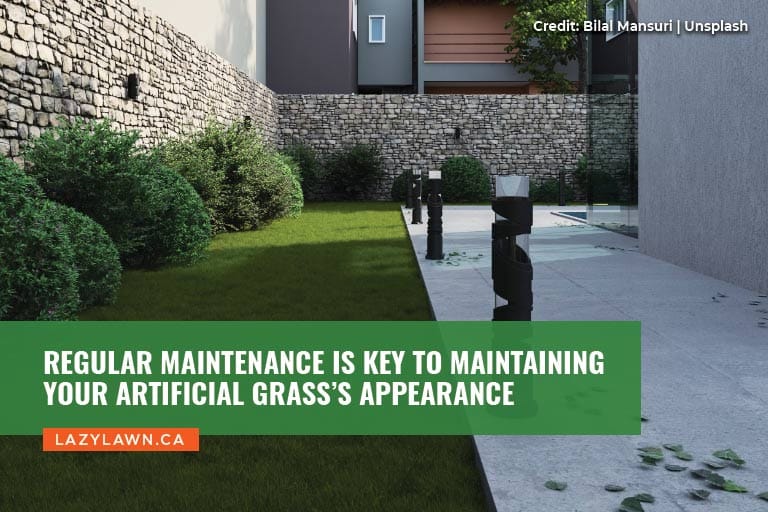
Maintenance
While synthetic turf requires less maintenance than natural grass, it’s not entirely maintenance-free. Regular care will keep your synthetic lawn looking its best and extend its lifespan.
1. Keep it Clean
Debris, such as leaves, twigs, and dirt, can accumulate on your synthetic turf. Regularly remove this debris using a leaf blower, broom, or rake with plastic tines. Avoid using metal rakes, as they can damage the turf fibres. For areas with heavy pet traffic, clean up waste promptly and rinse the turf with water to prevent odours and bacterial growth.
2. Brush the Turf
Over time, synthetic turf fibres can become matted or flattened, especially in high-traffic areas. Use a stiff-bristled broom or a specialised turf brush to regularly brush the fibres upright. This will help maintain the turf’s natural appearance and prevent it from becoming compacted.
3. Manage Weeds
While a weed barrier will prevent most weeds from growing through the turf, some may still appear around the edges or in the seams. Remove any weeds promptly to prevent them from spreading. If necessary, use a weed killer that is safe for synthetic turf, but be sure to follow the manufacturer’s instructions.
4. Inspect and Repair
Periodically inspect your synthetic turf for any signs of damage, such as loose seams, lifted edges, or worn areas. Promptly address any issues to prevent further damage and ensure the longevity of your lawn. Most minor repairs can be done with adhesive or turf tape.
5. Monitor Infill Levels
Infill can shift or become compacted over time, particularly in high-use areas. Check the infill levels periodically and add more if needed to maintain proper support for the turf fibres. Keeping the infill at the recommended level will also help with drainage and prevent the turf from becoming uneven.
Synthetic turf has increasingly become a common sight in many Canadian cities, and that appears likely to continue. It offers numerous benefits for homeowners looking for a low-maintenance, water-efficient, and durable alternative to natural grass. By following proper installation techniques and maintaining your synthetic lawn, you can enjoy a beautiful, green landscape year-round with minimal effort. Whether you’re looking to enhance your home’s curb appeal, create a safe play area for children, or simply reduce your environmental impact, synthetic turf is a versatile and practical solution for modern homes.
When you need quality artificial grass in Kelowna, Lazy Lawn is here for you. We offer a wide range of synthetic grass options to boost your home’s curb appeal, and at affordable prices. If you want artificial turf that looks and feels just like natural grass, we’re here to help. Give us a call now at (888) 622-5296 to invest in quality synthetic grass for your home.




